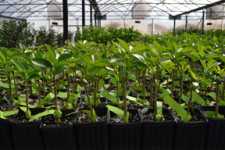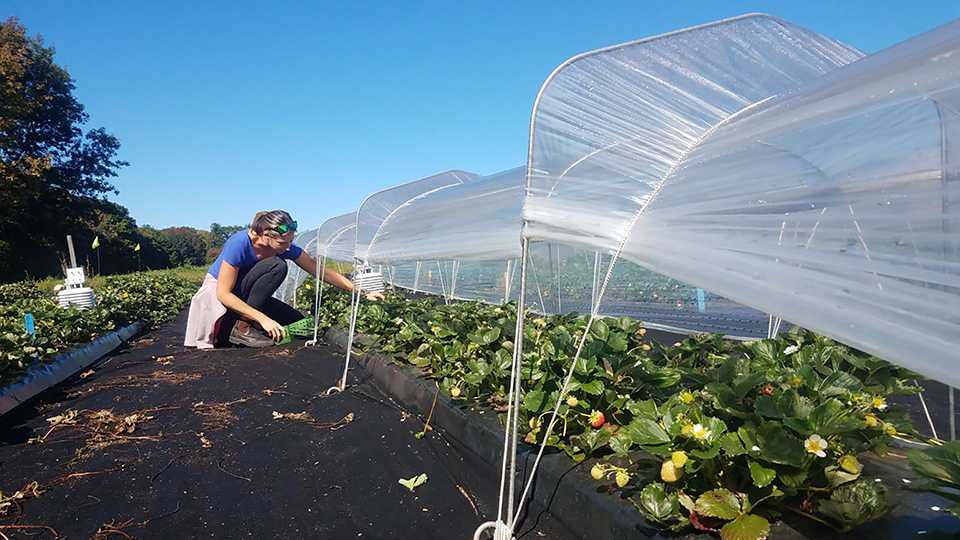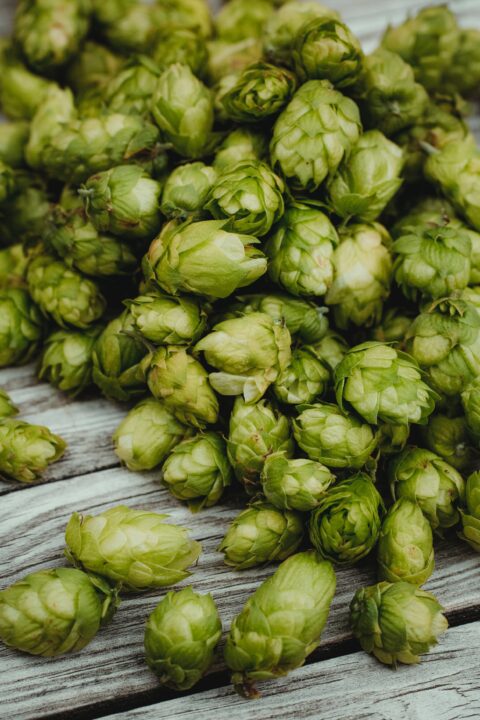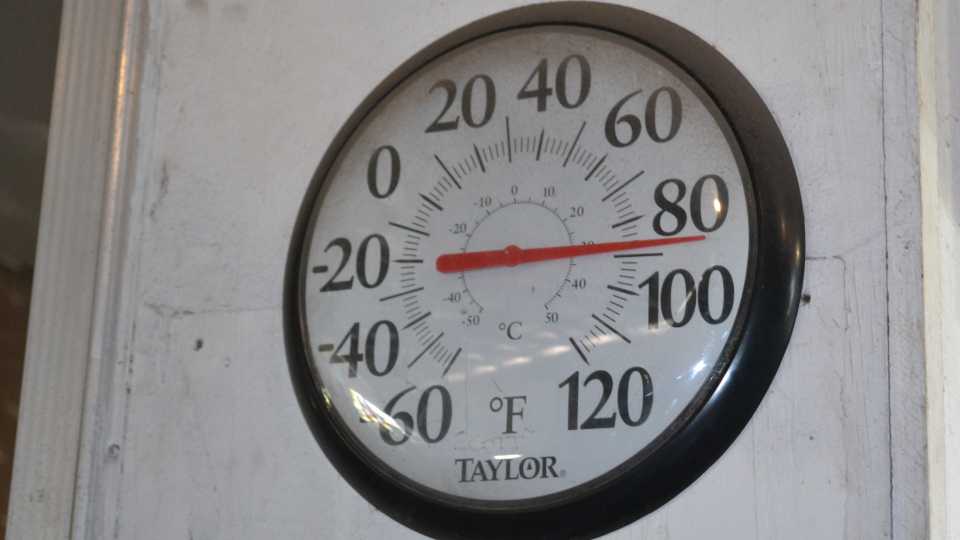It’s Citrus Planting Time

Strong prices and good faith that growers will find a way to live with HLB has resulted in a “it’s time to plant” attitude among many in Florida citrus. It can be found in citrus nurseries across Florida, with bookings for trees going at a blistering pace.
“Tree demand seems pretty solid,” says Michael Kesinger, chief of FDACS’ Citrus Budwood Registration Division. “Demand always seems to follow the price of fruit; if prices are good, growers are resetting. Many nurseries are currently booked-out several years with tree orders. A few nurseries have expanded their production ranges and some are currently in the building out process. Budwood demand is cyclical and shortages are common. However, budwood supplies can be multiplied rather quickly with increase and scion source trees. On a positive note, the Chiefland Budwood Foundation greenhouses have supplied 1 million budeyes since its inception a few years ago.”
Like others in the business, Paul Fabry, owner of Blue Heron Nurseries, says demand is high, making planning all the more important to ensure growers get the trees they need. The Winter Garden-based nursery has a capacity of 101,000 budded trees annually, with additional space for seedlings, scion trees, and inside protected rootstock seed sources.
To meet new regulations for canker and HLB, Blue Heron has installed a number of improvements that promoted efficiency while protecting seedlings. Fabry adds constant attention to detail is very important in building good, long-lasting relationships with customers. It starts with selecting only the best seed fruit and culling out the bad ones.
“We do our own in-house seed processing where there are two additional steps of culling,” says Chris Pilkinton, Fabry’s son and partner in Blue Heron Nurseries. “Then after planting the seed, only the best 50% of the liners are selected for use as being the straightest and true-to-type for planting in the citra pots. We use a full-length pot to give the customer a good root system. Then the liners are culled again one month after transplanting to remove/replace any that aren’t growing like the rest. At budding time, the liners are organized again to bud only the largest ones that are ready. Then, after unwrapping the buds, the trees that need re-budding are separated. Those buds that don’t sprout well after one month are again separated.”
As the trees grow, and up until shipping, they are constantly inspected to remove trees that don’t measure up to avoid wasting greenhouse space. Finally, every tree that gets shipped out gets moved to a staging area for final counting, touch-up work, and inspection by Fabry or Pilkinton to ensure only the best trees go to customers.
Optimism Equals Tight Supply
“During the last five years, the citrus nursery industry averaged around three million buddings annually. By the time you figure what went to dooryard and a normal take and cull rate, that equates to about 2.2 to 2.5 million trees available to plant in groves. With the latest tree inventory from September 2011 at 71 million trees, the nursery production available for groves is enough to cover an annual tree replacement rate of 4.2%. So in light of previous canker and greening losses and current normal losses to blight, tristeza (CTV), etc., a 4.2% replacement rate is not enough to get ahead in acreage.”
Plan And Book Ahead
“Most of my customers anticipate their yearly needs and place their orders a year in advance, with an increasing number who place two years in advance. To keep a grove most profitable, annual tree replacement is needed and growers can anticipate at least 75% of their normal annual tree loss. The last two years were especially tough on grove owners because on top of HLB, canker, and normal losses, freeze damage to recent resets and mature trees made the nursery tree supply problem even tighter.”
What’s Old Is New
“Also, Sunburst, Murcott, and Minneola are still the top specialty fruit with Murcotts losing favor. Cara Cara navels also have been strong with better markets and consumer acceptance improving. But, Hamlins and Valencias alone still account for about 75% of all nursery production.”










